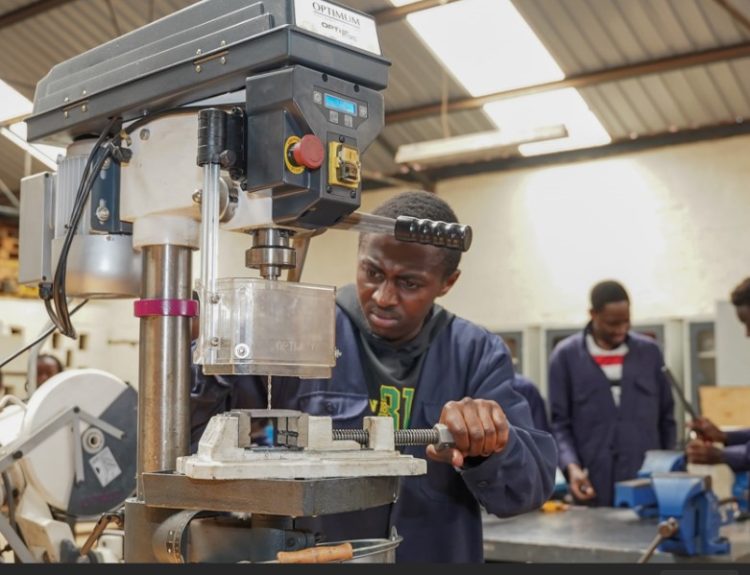China’s manufacturing sector has hit a slowdown, with fresh data revealing weaker-than-expected output in August. The dip comes against the backdrop of lingering trade disputes, shifting global demand, and ongoing supply chain realignments that continue to pressure the world’s second-largest economy.
Purchasing Managers’ Index (PMI) readings slipped below the expansion threshold, signaling contraction in factory activity. Export orders have been particularly strained, as geopolitical frictions and protectionist measures reshape the flow of goods worldwide. The protracted tariff tensions with the United States, alongside new frictions with Europe over technology and subsidies, have deepened uncertainty in an already fragile manufacturing environment.
Adding to the challenge, global firms are increasingly diversifying supply chains—relocating segments of production to Southeast Asia, India, and Mexico. While China remains a dominant hub, its once-unquestioned supremacy in manufacturing is now being tested by both political and structural headwinds.
Economists warn that a prolonged slump could weigh heavily on Beijing’s growth targets. To counterbalance, policymakers are considering fresh stimulus measures, including infrastructure investment and targeted financial easing. Yet, with debt levels already a concern, the scope for aggressive intervention is limited.
The manufacturing slowdown not only reflects domestic pressures but also underscores the broader reconfiguration of global trade. For multinational corporations, it is a moment of recalibration—where cost, resilience, and geopolitics intertwine in shaping the future of production networks.



